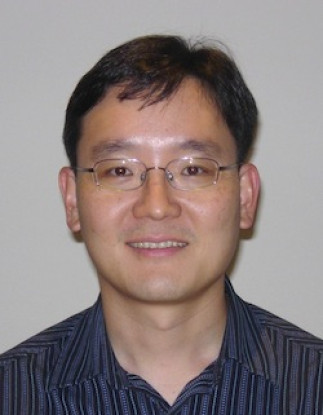Young-June Kim, Department of Physics, University of Toronto, Toronto, ON, Canada
An overview of spin-orbit driven magnetism in iridate materials will be given with the emphasis on experimental investigations using various X-ray spectroscopic methods. Unlike the first-row transition metal compounds, orbital angular momentum is not quenched for the Ir4+ ions in iridates. The spin-orbit coupling instead strongly couples spin and orbital moment, giving rise to the magnetism described with a total angular momentum J=1/2. What makes iridates unique is that the magnetic interaction between these J=1/2 moments can have different magnitude depending on the spatial bond direction, unlike the well-known Heisenberg interaction. On a honeycomb lattice, such bond-dependent interactions produce the so-called Kitaev model, which is drawing much attention from both the magnetism and quantum computing community. The ground state of the Kitaev model is a quantum spin liquid phase, which is an example of a topological order characterized by long-range quantum entanglement. Using x-ray absorption spectroscopy and resonant inelastic X-ray scattering (RIXS), we illustrate the important role played by the spin-orbit coupling in a model honeycomb lattice iridate Na2IrO3.
Site web du groupe de Prof. Kim's
Cette conférence est présentée par le RQMP Versant Nord du Département de physique de l'Université de Montréal et le Département de génie physique de Polytechnique Montréal.

